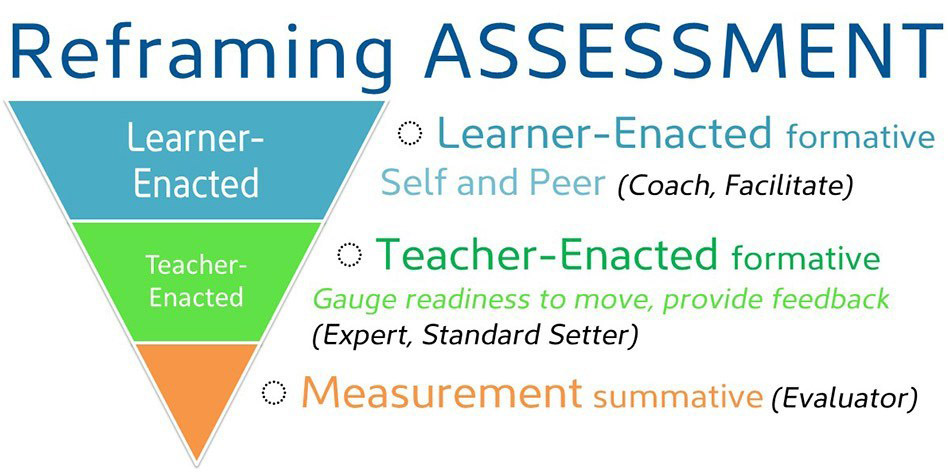

Conversations and questions abound among teaching staff about assessment and its alignment with the modernized BC curriculum. Why is there a renewed focus on assessment strategies within the education system? What are the requirements or best practices? If assessment has always been integral to schooling, haven’t we been doing okay? Do we really need to pay attention?
How people choose to answer these questions depends largely on what they believe the ultimate purposes of assessment to be. Is assessment about measurement against standards, about growth and learning, or both? The dominant position of the modernized curriculum posits that, ultimately, all assessment is intended to drive learning forward and better enable students in the art of becoming accurate and effective assessors of their abilities.
For students to become potent self-assessors, they must practice and be mentored in the art of learning-oriented assessment – cultured in how to provide constructive feedback to peers and to themselves while honing their skills in receiving and applying feedback. For many teachers, this means tweaking practice and increasing opportunities for students to enact and be active participants in assessment strategies. In many cases, educators must spend time reconsidering whether personal practice and evaluation strategies appropriately align with the goal of being learning-oriented.
“Architecture always wins.” The structure of our systems usually dictates the interpretation of requirements and, ultimately, practice. The modernized BC curriculum advocates for an assessment type distribution that sees:
- student-enacted assessment as the dominant form (in frequency distribution)
- teacher-enacted formative assessment as second most utilized
- summative or measurement-oriented as the least prevalent

